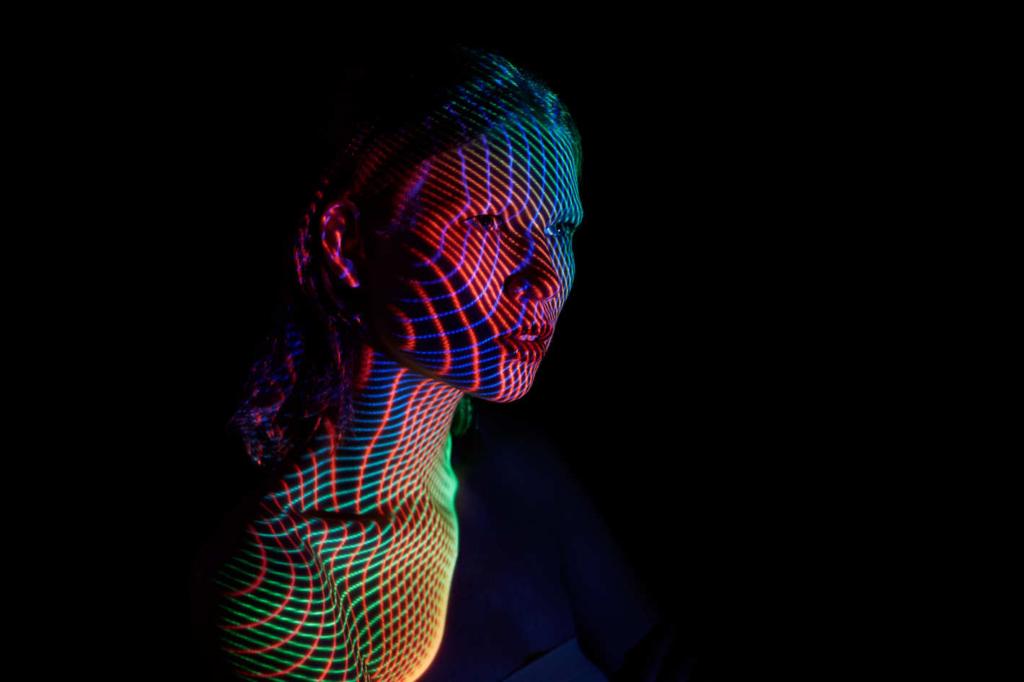Neurophysiologic effects of transcutaneous auricular vagus nerve stimulation (taVNS) via electrical stimulation of the tragus: A concurrent taVNS/fMRI study and review.
Kristen Sparrow • August 05, 2018


This study looks at taVNS (auricular stim) and the effects on fMRI. They compare tragus stim with lobe stim. The tragus has some reflection of the auricular brancy of the vagus nerve, but from my studies not as much as in the cymba concha. But it is useful to see these specific controlled studies.
Neurophysiologic effects of transcutaneous auricular vagus nerve stimulation (taVNS) via electrical stimulation of the tragus: A concurrent taVNS/fMRI study and review.
Abstract
BACKGROUND:
Electrical stimulation of the auricular branch of the vagus nerve (ABVN) via transcutaneous auricular vagus nerve stimulation (taVNS) may influence afferent vagal networks. There have been 5 prior taVNS/fMRI studies, with inconsistent findings due to variability in stimulation targets and parameters.
OBJECTIVE:
We developed a taVNS/fMRI system to enable concurrent electrical stimulation and fMRI acquisition to compare the effects of taVNS in relation to control stimulation.
METHODS:
We enrolled 17 healthy adults in this single-blind, crossover taVNS/fMRI trial. Based on parameters shown to affect heart rate in healthy volunteers, participants received either left tragus (active) or earlobe (control) stimulation at 500 μs 25 HZ for 60 s (repeated 3 times over 6 min). Whole brain fMRI analysis was performed exploring the effect of: active stimulation, control stimulation, and the comparison. Region of interest analysis of the midbrain and brainstem was also conducted.
RESULTS:
Active stimulation produced significant increased BOLD signal in the contralateral postcentral gyrus, bilateral insula, frontal cortex, right operculum, and left cerebellum. Control stimulation produced BOLD signal activation in the contralateral postcentral gyrus. In the active vs. control contrast, tragus stimulation produced significantly greater BOLD increases in the right caudate, bilateral anterior cingulate, cerebellum, left prefrontal cortex, and mid-cingulate.
CONCLUSION:
Stimulation of the tragus activates the cerebral afferents of the vagal pathway and combined with our review of the literature suggest that taVNS is a promising form of VNS. Future taVNS/fMRI studies should systematically explore various parameters and alternative stimulation targets aimed to optimize this novel form of neuromodulation.

